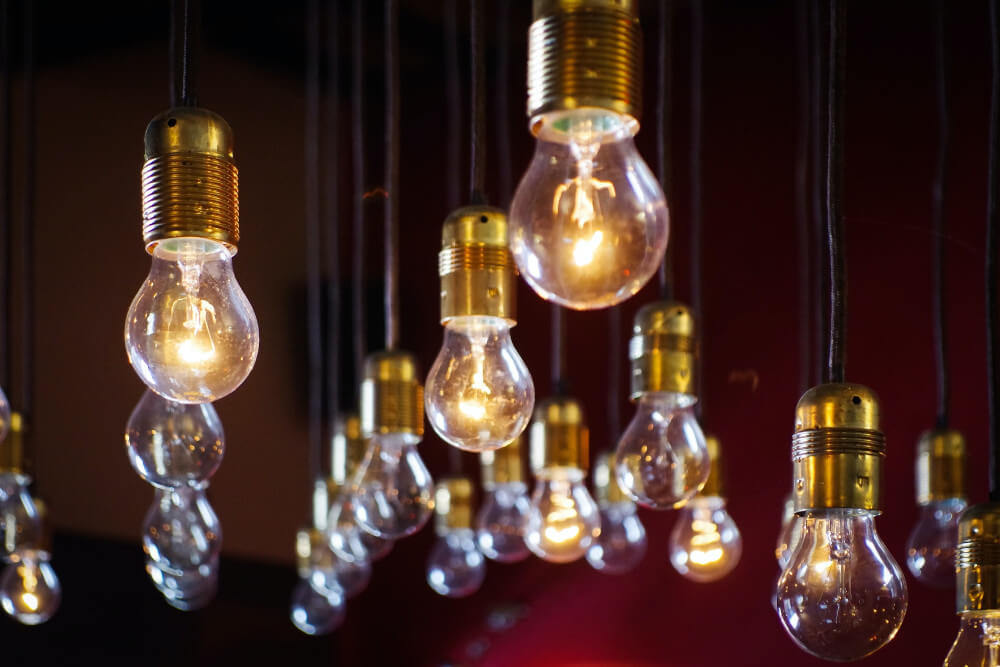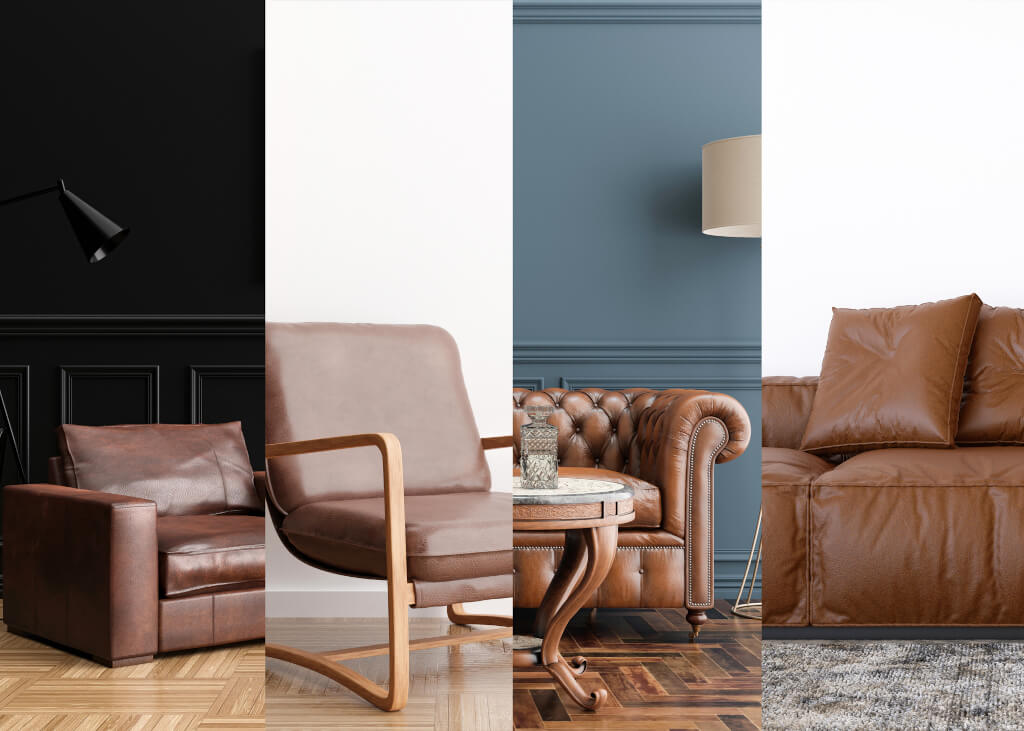The most conventional fitting is the ceiling light. A ceiling light usually consists of a ceiling rose placed in the center of the ceiling in a room, and serves to illuminate the entire room. The ceiling rose is the connecting point for the bulb holder and the electricity supply and is screwed into the ceiling to fix the light into position. Decorate covering can be readily purchased for these fittings and can change the look and feel of a room by reducing or coloring the light. Bulbs in certain strengths and colors can also be used.
Many other light fittings also exist – specialist fittings for lights include those with connector block and heat resistant covers, suitable for recess lighting in ceilings. Spotlights are used to direct light to a particular location or activity and can be recessed into a ceiling or surface mounted on a light stand which will allow the swivel of the beam in any direction. Eyeball lights are like spotlights but they are smaller and tend to be used for the illumination of smaller areas or objects. Downlighters are can be fully or partly recessed – partly recessed lights tend to be used in shallow ceiling spaces. The spread of light narrows the more the fitting is recessed. A variety of covers are available and these include clear, sculpted, and milky glass, a louvred baffle, and a lens. Strip lights can also be used, and plastic baffles are made for strip lights.
Fittings for wall lights would include the conduit box, which is a heat-resistant mounting box for a light fitting that has a round wide base that can fit flush to a ceiling or wall. It will hold the terminal connector block and should be heat resistant. Lighting tracks can be mounted on a wall or a ceiling, and lengths can be joined for extra effect and illumination. Several tracks of small, neat light fittings are made to clip into the tracks. The track can be mounted over a focal point to illuminate a specific item or object. Care must be taken not to overload the circuit when multiple lights are used on a track.




